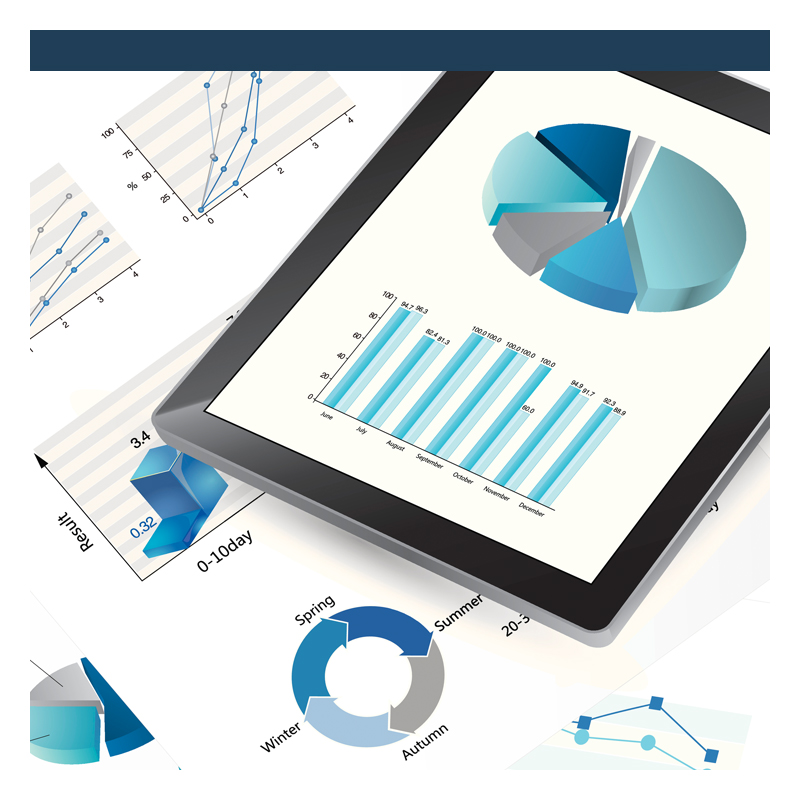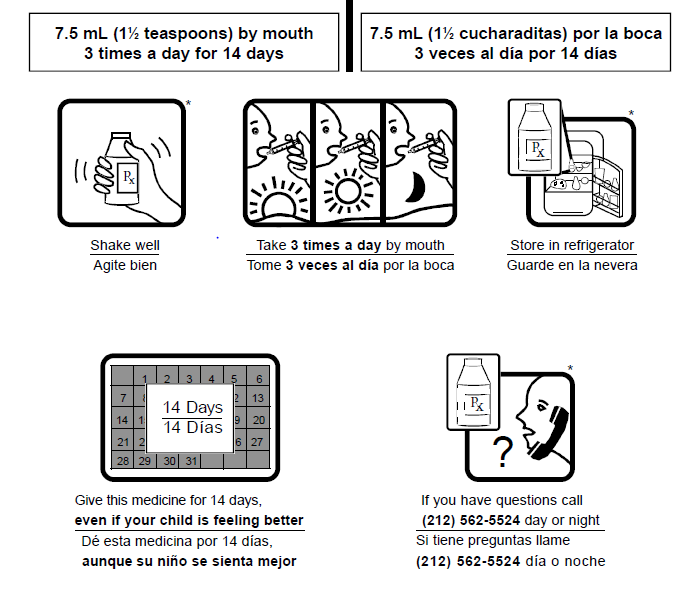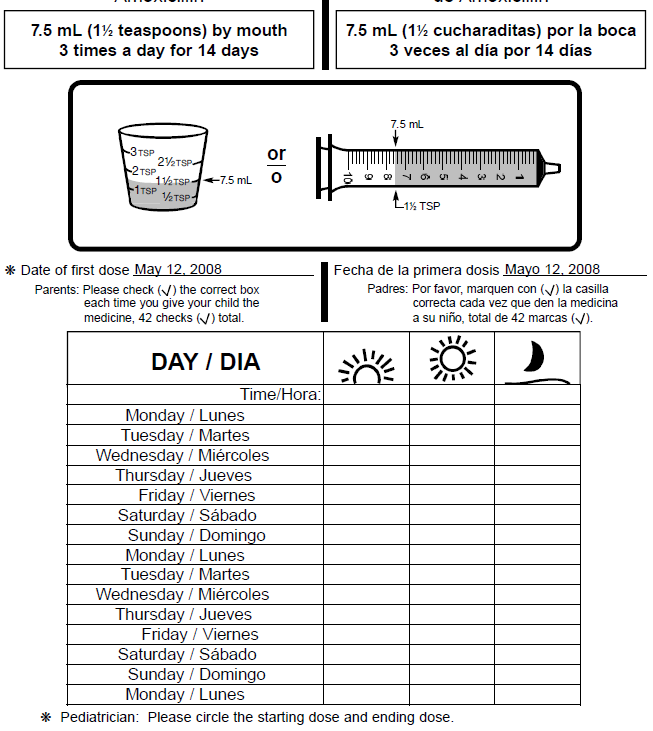Many people have trouble using and understanding numbers.
 Numeracy is the ability to use math and number concepts in everyday life (Rothman et al 2008) – such as when following a recipe or figuring out how many minutes until the next train.
Numeracy is the ability to use math and number concepts in everyday life (Rothman et al 2008) – such as when following a recipe or figuring out how many minutes until the next train.
In the context of healthcare, numeracy skills help for such tasks as managing diet and nutrition, measuring medicine doses, and following a medicine schedule. Numeric concepts should be expressed in their simplest form to minimize confusion.
In this section are tips, as well as examples, of how to apply numeracy strategies in the clinical research context.
In the News: June 2023, Frontiers Communicating Complex Numeric Information in Clinical Research
Numeracy in Clinical Research Overview
Numeracy in the clinical research context is a vital skill that impacts whether someone even considers participating in research. Potential participants must be able to understand the risks of being in the study and follow-through on the necessary study activities while they are in the study – such as managing study medication doses over time, following study instructions, and adhering to the study schedule.
Tips for simplifying interpretations and visual presentations of numeric information:
| Instead of … Older adults have a 0.1% chance of a side effect | Say… For every 1000 people who take the study medication, 1 person might experience a side effect |
| Instead of (or in addition to)…. Describing percentages…. For example,52% of patients saw a decrease in tumor size, 28% saw no further growth in their tumor, and 20% saw an increase in tumor size | Use: Pie charts - show proportion and highlight size of pieces relative to the whole |
| Writing out comparisons… | Bar graphs – display magnitude or comparison between group of numbers |
| Explaining a trend in the data… For example, Patient recruitment has increased by 25% over the past 5 years. | Line graph: show trends so the direction of the numbers is evident |
| Instead of… There is a 1 in 10 chance of nausea and a 1 in 5 chance of dizziness | Say… There is a 1 in 10 chance of nausea and a 2 in 10 chance of dizziness |
| Instead of… You will be removed from the study if you lose 20% or more of your body weight | Say... You will not be able to continue in the study if you lose 20% of your body weight. For instance, if you weigh 150 pounds, you cannot continue if you lose 30 pounds. If you weigh 250 pounds, you cannot continue if you lose 50 pounds. |
| Instead of… The is study enrolls elderly people with diabetes. | Say… This study enrolls people with diabetes who are 65 and older. |
Applying Numeracy in Clinical Research
In clinical research, numeracy skills are important because they directly apply to whether someone decides to participate and can follow through with the study visits and procedures.
Numeracy skills include being able to:
- read a calendar
- follow study medication instructions.
It can be helpful to communicate study medication instructions by applying visuals to make the amount, time of day, and duration more clear, as shown in the example below (from NYU’s Health Education and Literacy for Parents (HELP) Project)


Another resource related to medication instructions is the Universal Medication Schedule.

| Before | After |
|---|---|
| Take one inhalation twice daily | Take 1 puff in the morning and 1 puff in the evening every day. |
| Take 1 -2 tablets every 4-6 hours as needed for pain. Do not take more than 6 pills in 24 hours | If you have pain, Take 1 or 2 pills. Wait at least 4 hours before taking again. Do not take more than 6 pills in 24 hours |
| Take one tablet three times a day for 7 days, then take 2 tablets three times a day for another 7 days | For Days 1 through 7: Take 1 pill in the morning, 1 pill in the evening, and 1 pill at bedtime. For days 8 through 14: Take 2 pills in the morning, 2 pills in the evening, and 2 pills at bedtime until all pills have been taken. |
Numeracy Resources
Tool(s) to Support Communication of Numeric Information
- Agency for Healthcare Research and Quality’s “Communicating Numbers to your Patients: A Reference Guide for Healthcare Providers”
- http://www.vizhealth.org/wizard/
- A dynamic and interactive tool that can be:
- Used to present research risks,
- Applied to decisions about whether to participate in a specific trial
- Used to decide between different trials.
- A dynamic and interactive tool that can be:
- iconarray.com
- A tool that can be used to create visual representations of numeric information

